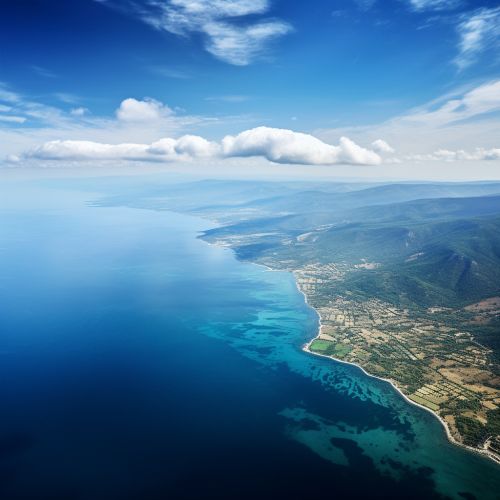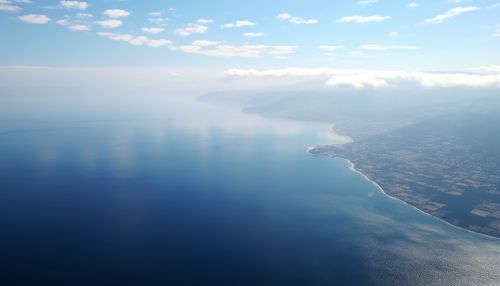Dardanelles Strait
Geographical Overview
The Dardanelles Strait, also known as the Strait of Dardanelles, is a narrow, natural waterway located in northwestern Turkey. It connects the Aegean Sea to the Sea of Marmara, and is an important international shipping lane. The strait is approximately 61 kilometers long, with a width varying from 1.2 to 6 kilometers. The depth of the strait ranges from 30 to 120 meters, making it navigable for most types of sea vessels.


Historical Significance
The Dardanelles Strait has been a significant geographical location throughout history due to its strategic position. It has been the site of numerous battles and military campaigns, including the famous Battle of Gallipoli during World War I. Control over the Dardanelles has been a key objective for many empires, including the Ottoman Empire and the Byzantine Empire, due to its importance as a maritime route between Europe and Asia.
Geology and Hydrology
The Dardanelles Strait is a result of tectonic activity in the region. It is part of the active North Anatolian Fault, which is responsible for frequent earthquakes in the area. The strait's hydrology is complex, with a surface current flowing towards the Aegean Sea, and a deeper, denser current flowing in the opposite direction. This unique hydrological phenomenon is due to the difference in salinity and temperature between the two seas it connects.
Flora and Fauna
The Dardanelles Strait is home to a diverse range of marine life, including several species of fish, dolphins, and seals. The surrounding areas are also rich in biodiversity, with numerous bird species and a variety of plant life. The strait's ecosystem is a significant area for scientific research and conservation efforts.
Economic Importance
The Dardanelles Strait is a vital shipping route, facilitating international trade by connecting the Black Sea to the Mediterranean. It is heavily used for the transportation of goods such as grain, oil, and raw materials. The strait's economic importance is further enhanced by its role in the fishing industry and tourism.
Environmental Concerns
Like many other important waterways, the Dardanelles Strait faces several environmental challenges. These include pollution from shipping activities, overfishing, and the potential impact of climate change on its delicate ecosystem. Efforts are being made to address these issues and ensure the sustainable use of this important natural resource.
